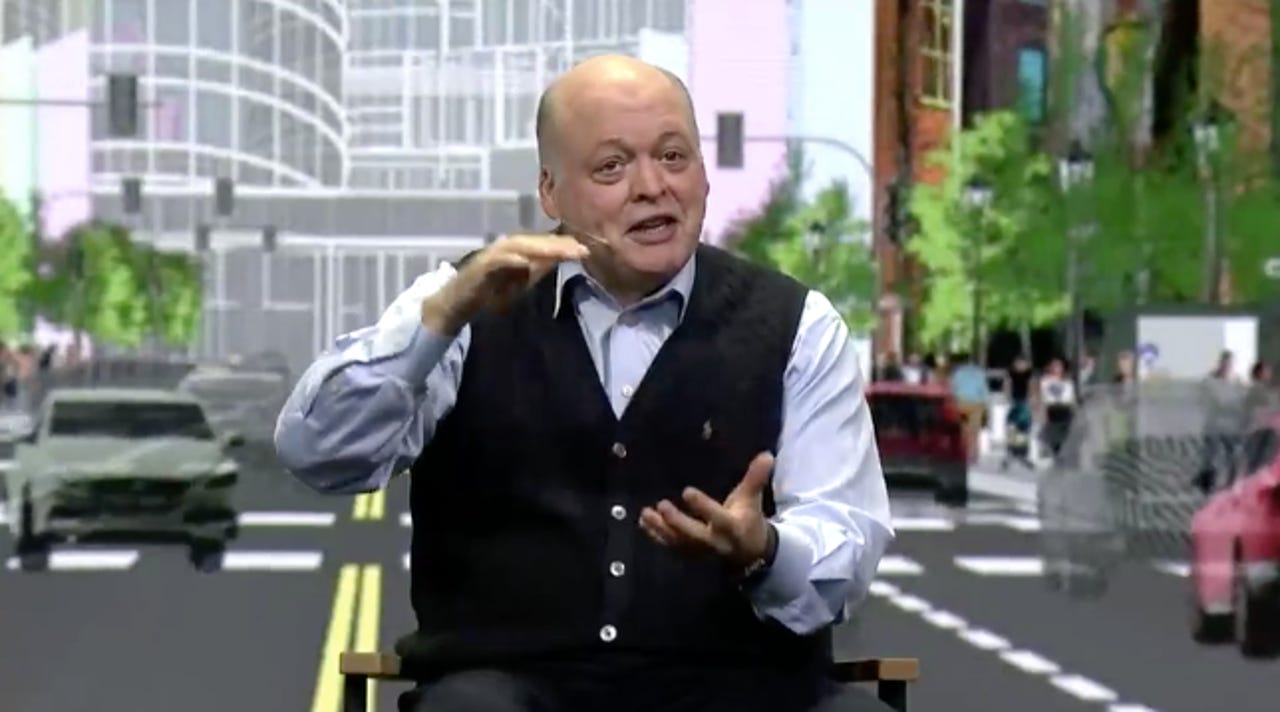At CES 2018, Ford launches a cloud-based platform for mobility services and announces collaboration with Qualcomm on C-V2X


Jim Hackett, Ford CEO, during his CES keynote.
LAS VEGAS -- Ford Motor Co. on Tuesday at CES 2018 announced a new cloud-based platform for mobility services in cities, as well as a new model for autonomous vehicles, and a collaboration with Qualcomm on CV2X.
The Transportation Mobility Cloud is an open, cloud-based platform for mobility services to facilitate the flow of information to support the transportation system in cities so that any mode of transportation, whether vehicles, bicycles or mass transit, can work together.
"The time has come to fundamentally update our approach and shift our central mission to harnessing that technology as a tool to improving human lives," said Jim Hackett, CEO of Ford, at the Ford press conference at CES 2018.
Ford's collaboration with Qualcomm on Cellular Vehicle-to-Everything (C-V2X) is intended to ensure that everything in a city, including stoplights, signs and bikes can speak to each other and share information.
This ties into the October 2017 announcement that AT&T, Ford, Nokia, and Qualcomm Technologies, a subsidiary of Qualcomm Inc, were going to launch Cellular-V2X autonomous vehicle trials at the San Diego Regional Proving Ground in order to demonstrate the potential of C-V2X technologies, including improved automotive safety, automotive driving, and traffic efficiency. The trials are also intended to demonstrate cost-efficient benefits with embedded cellular technology in vehicles in conjunction with cellular base stations and roadside infrastructure.
C-V2X is defined by the 3rd Generation Partnership Project (3GPP) as an extension of the global cellular standard and is considered a factor in next-generation wireless technology for automated driving solutions. It uses the 5.9 GHz band without involving a cellular network. C-V2X improves road safety by allowing vehicles to directly communicate with other vehicles, pedestrian devices, and roadside infrastructure such as traffic signs and construction zones.
Ford also introduced a new autonomous vehicle model. The plan is to add self-driving vehicles to ride-hailing services while working with small and medium-sized businesses.
In August 2017, Ford began a partnership with Domino's Pizza to test how customers react to food deliveries with self-driving vehicles. Sherif Marakby, Ford vice president of autonomous and electric vehicles, said that Ford planned to launch self-driving delivery cars in 2021.
A new partnership with Postmates was also announced as an on-demand partner for a self-driving program to conduct pilot programs to explore how self-driving technology can change the delivery experience while enabling retailers to reach new customer bases and transform the way commerce moves in communities.